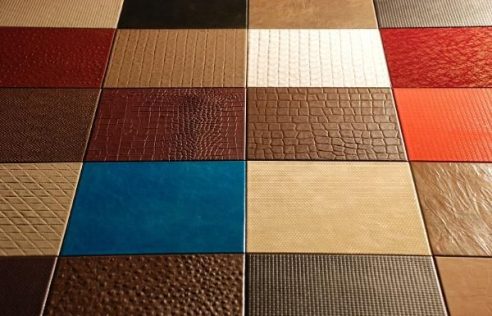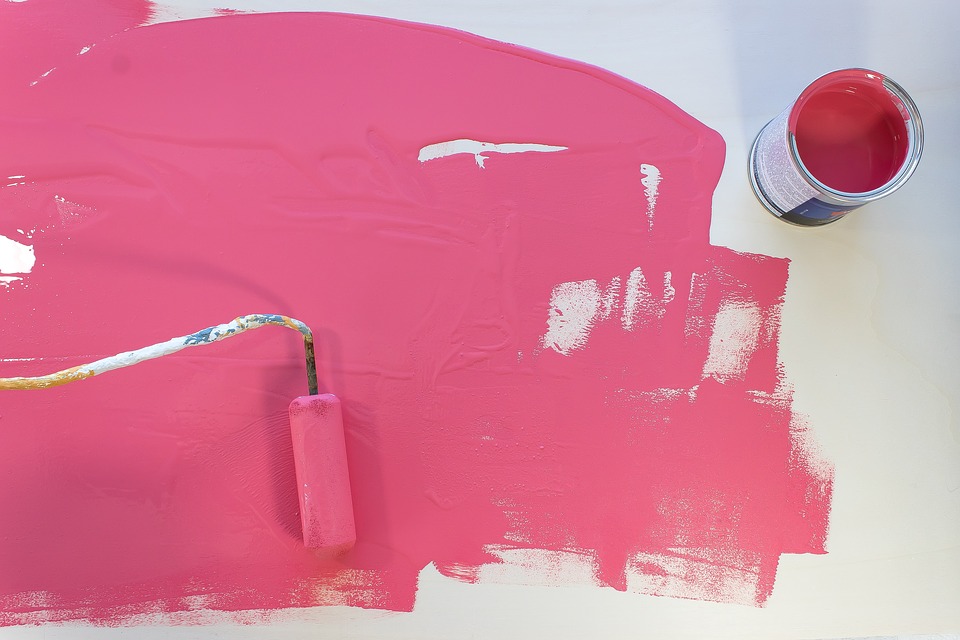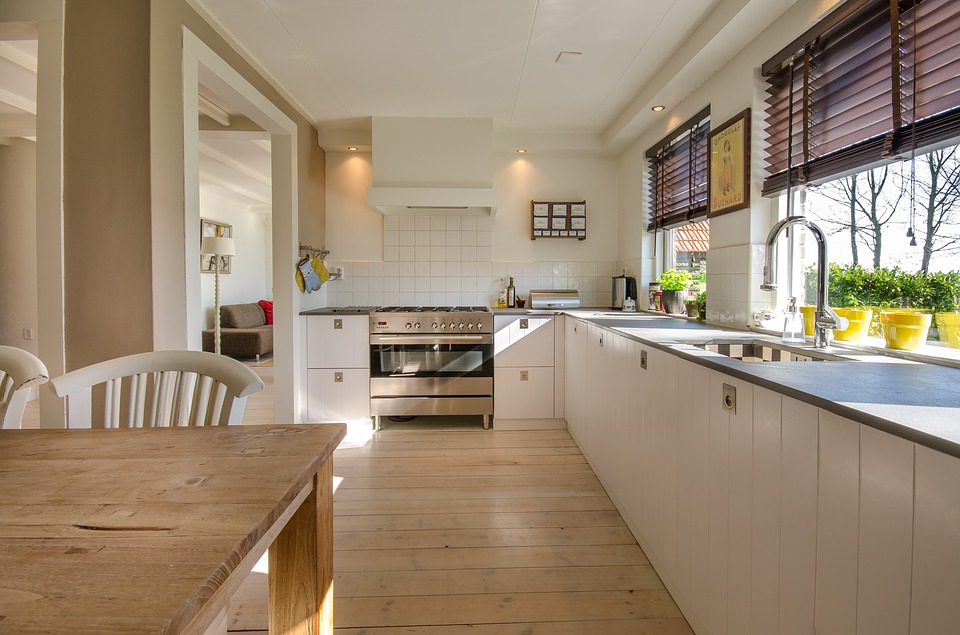Easier to lay than a traditional screed, the liquid screed is a product that is used in the installation of wet underfloor heating. It is also a modern product that makes it possible to separate a floor intended to receive all types of coverings. Would you like to know more about this solution for leveling the ground?
Renovating your home can be kind of difficult, and this is why some people tend to use liquid screed and hire contractors to help them with this. So, without further ado, let’s dive into this blog and learn some of the things everyone needs to know about liquid screed.
Liquid screed: what is it?

Also called a fluid screed, the liquid screed is a layer of mortar made up of anhydrite (binder powder made from calcium sulfates) or cement. It flows on a concrete slab. The latter serves as a structure for the frame. The liquid screed is intended to receive underfloor heating or a floor covering.
In fact, it unifies and levels the floor so that it is perfectly horizontal and ready for the laying of carpets, tiles, parquet, etc. It is also used to coat heating, plumbing, and electrical ducts and ducts. In addition, it can accommodate an insulating underlay before laying the floor covering. To have a successful screed, it is recommended to call on a professional in insulation work and laying screed.
The advantages of a liquid screed
Each category of the liquid screed has its own strengths.
Anhydrite-based liquid screed
This type of screed offers several advantages.
An easy installation
Thanks to its great fluidity, the implementation of the anhydrite-based liquid screed promotes perfect flatness of the finished surface. Using this product prevents the floor from cracking over time. Indeed, this ready-to-use product is delivered by a mixer truck and is applied at the pump by applicators.
The high-pressure laser level eliminates the need for splitting joints up to 1000 m². You will no longer need natural fibers, metal reinforcements, or any curing product. The mechanical resistance of the liquid screed is C2O F4 U4P4E3C2.
Less thick and light
Liquid screeds are less thick and twice as light as conventional screeds. They have a maximum thickness of 2.5 cm. They are able to support partitions weighing up to 150 kg/ml.
Optimization of construction times
Liquid screeds flow very quickly, and in fact, lead times are extremely short. In addition, you can walk there after 24 hours of pouring. Second work companies can 72 hours later.
Freedom of laying flooring
Liquid screeds have no splitting joints, unlike traditional screeds. This offers freedom in their arrangement and preserves the aesthetics of the floor coverings. In addition, the liquid screed can be applied on many supports such as concrete, asphalt, wood, insulating panels, etc.
Improved performance of underfloor heating
Since the liquid screed is very fluid, the heating tubes are properly coated. Its anhydrite composition guarantees fast and efficient heat transmission, all in compliance with thermal regulations.
Cementitious liquid screed

Used for interior work, liquid cement screed offers several advantages. Indeed, this type of screed can cover electric and hydraulic underfloor heating because it penetrates into all the hollows of the floor and adapts perfectly to underfloor heating pipes.
Then, its thickness of 5 cm makes it thinner than a traditional concrete screed. Its application on a large surface is perfect because it requires laying joints every 75 m², which is lower than a traditional pose. In addition, it is very resistant to water and, in fact, can be used in a damp room.
Sound off in the comments section below and tell us what you want to read next and if you want to read more about the advantages of liquid screed.


